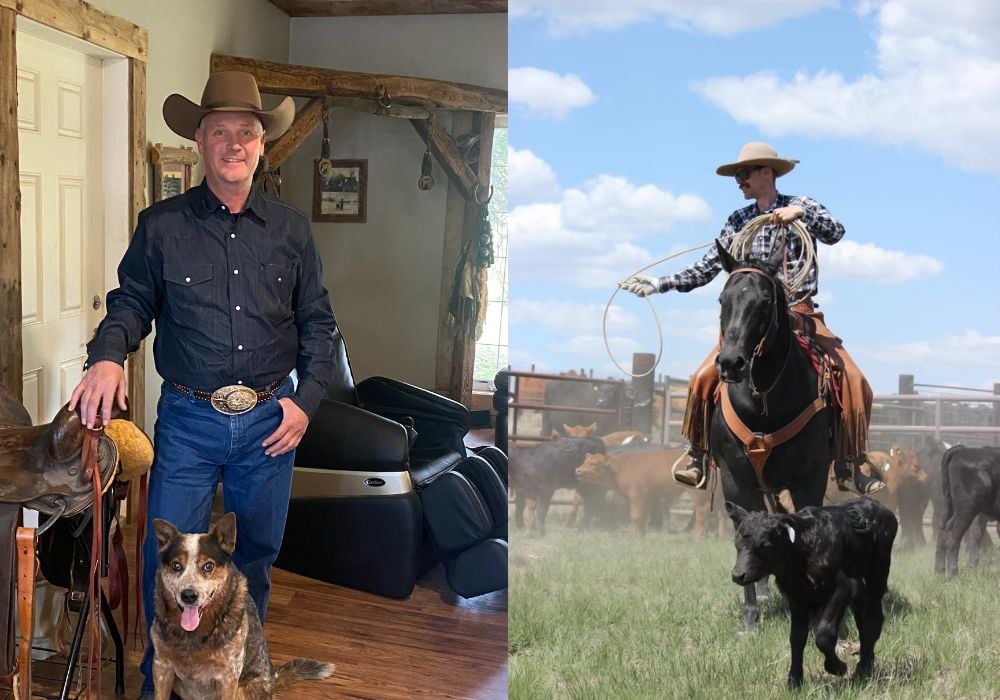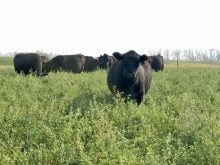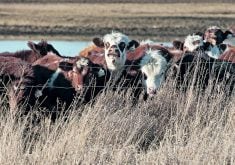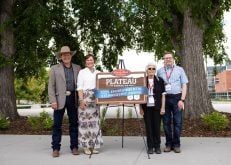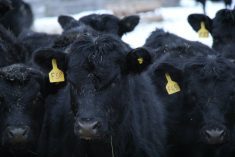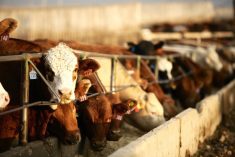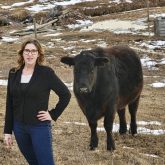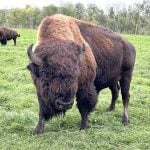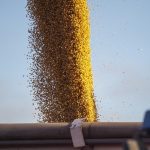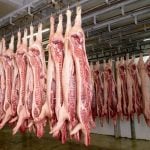Leaseholders can breathe a sigh of relief now that the province has formally recognized the role that grazing plays on public lands, say cattle leaders.
The new Rangeland Grazing Framework recognizes that the stewardship of ranchers is critical to the health and future of Crown lands, said two signatories to the new agreement.
“It helps to solidify the place that leaseholders have in the management of Alberta Crown rangelands,” said Kyle Forbes, chair of the Alberta Grazing Leaseholders Association. “It also helps solidify that it’s a partnership between the province and the leaseholders to manage those rangelands.”
Read Also
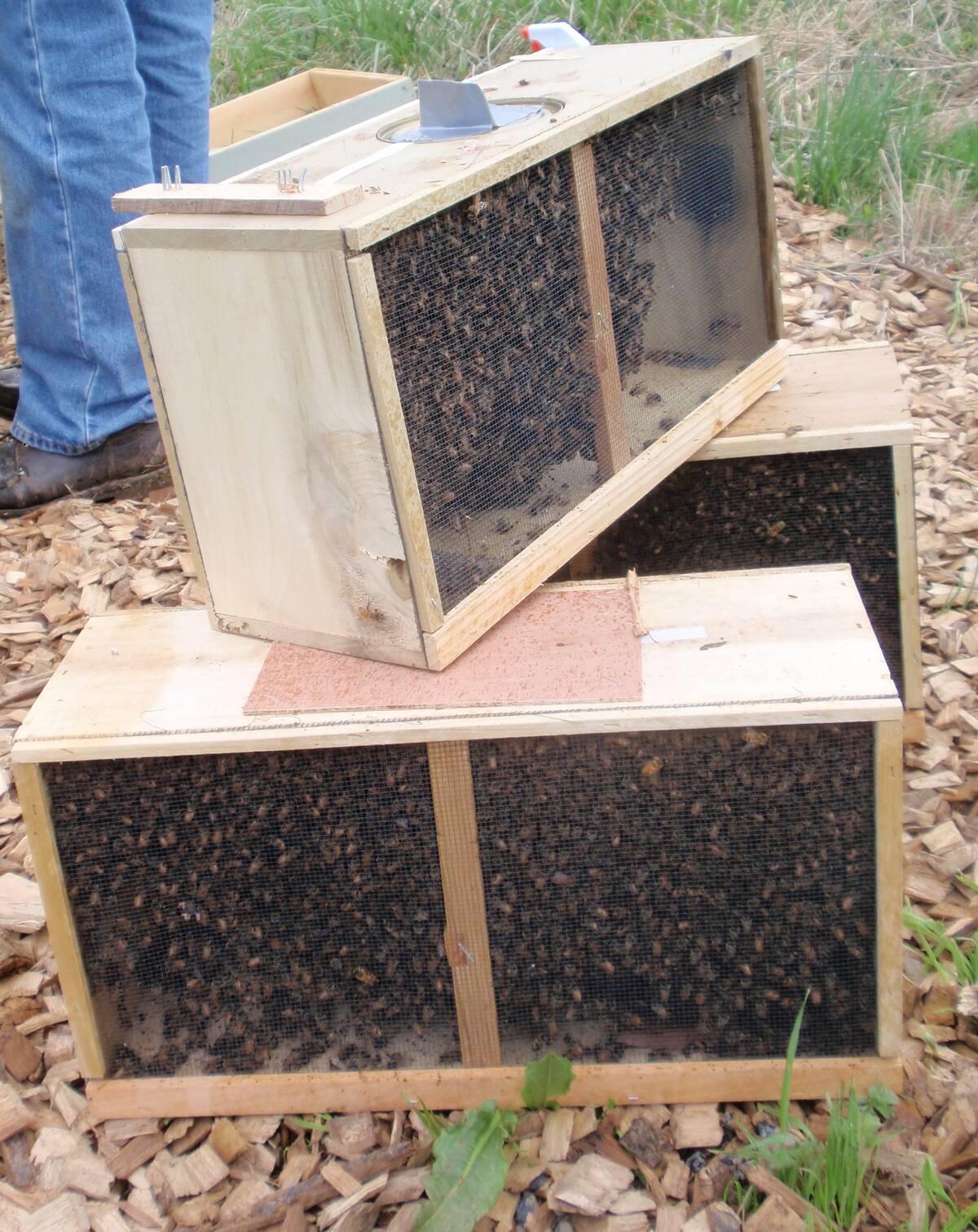
Canadian beekeepers call for regulatory accountability
Beekeepers say the Canadian Food Inspection Agency should restore U.S. packaged bee shipments, claiming the agency isn’t following evidence.
Recognizing “collaborative management” is key, said Bill Smith, a rancher from Grovedale and president of the Northern Alberta Grazing Association.
“For myself, it’s a very important document (and) not only for current producers. It helps build the confidence for new and young ranchers looking to invest in the future of grazing on Crown rangeland.”
The document, which can be found online, states that rangelands were shaped by grazing and that must continue even though herds of bison no longer roam on them.
“Today, livestock are often managed to mimic the traditional grazing and migration activities of wild bison and ungulate populations,” the document states.
“We’re just making sure that we are working towards the same goals and making sure that ranchers are still economically viable, while managing, protecting and conserving Alberta’s rangelands,” said Forbes.
Crown rangelands and grazing leases are critical to Alberta’s cattle industry. There are 5,700 grazing leases in the province covering approximately eight million acres, and about 20 per cent of Alberta’s herd is grazed on leased land.
“In southeastern Alberta, grazing leases can make up a fairly substantial part of cattle operations,” noted Forbes, who ranches near Suffield.
Many leases are on native grasslands.
“Managing that landscape with a large grazing species to help increase the biodiversity and maintain the role of those rangelands is important,” he said.
Work on the agreement began more than two years ago, when the provincial government held a grazing summit and invited representatives from the Alberta Beef Producers, the Alberta Grazing Leaseholders Association, the Northern Alberta Grazing Association, the Western Stock Growers Association, the Rocky Mountain Forest Range Association and the Canadian Cattle Association.
“For my family, this has been a huge thing because it’s a joint effort,” said Smith. “We’ve been at the table with the government and we’ve hacked through this so we can get it so it’s right. I’m pretty confident now in what we’re doing.”
The framework has a list of objectives for managing rangelands, and specific “tactics” for achieving them. These include recognizing the leaseholder at the “designated steward of the land” along with promises to “streamline regulatory applications” and “provide long-term, renewable dispositions to proven grazing stewards.”
The agreement also pledges to develop a process for dealing with situations when stewardship goals aren’t being met and to “work collaboratively to achieve desired outcomes through education on best practices.” It also sets out a process for involving leaseholders when proposed land-use changes are being considered.
In recent years, the government had increased red tape and regulatory burden on leaseholders, said Smith.
“It was sort of like we were under attack,” he said.
But the new framework recognizes the efforts of producers in a positive way.
“The government had always supported ranchers being on the land because we’ve always had the grazing act to fall back on,” said Smith. “But this here shows that they are very supportive of what we’re doing. It just shows that we’re doing the right thing. We’re managing those lands for all Albertans, not just for ourselves, and trying to do the best job.”
It also gives producers the confidence to spend money on improvements.
“I’m part of a few different leases,” said Smith. “Just to invest, it costs so much money. We worked up some land in the north. The dollar value is so huge when doing investments.”
That makes it critical to have a long-term agreement, he said.
“You feel more confident for your family’s sake when you go to pass this down and have the next generation take over, and they can do more improvements and keep making the land better and better as we move on from generation to generation.”


